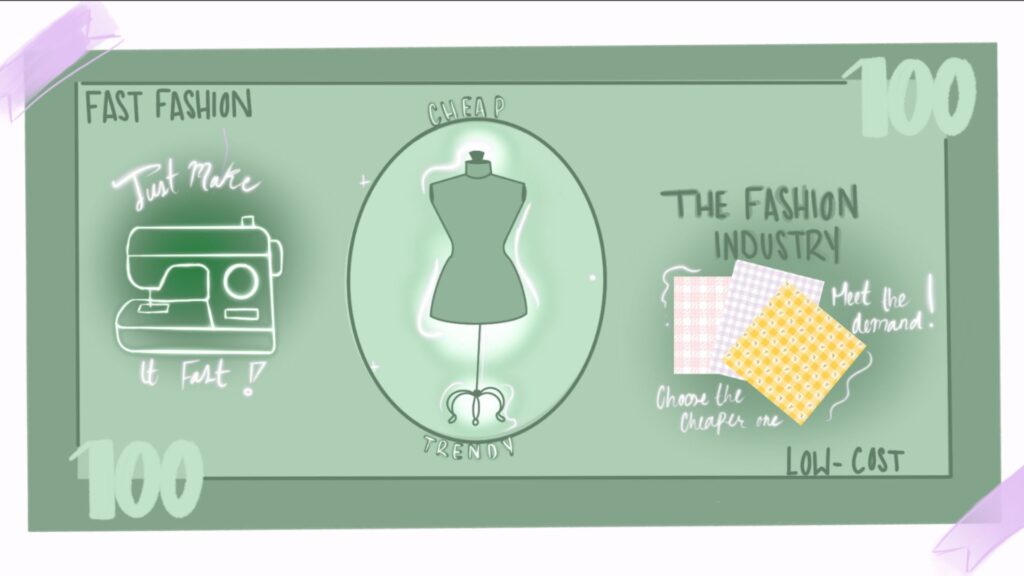The Telltale Signs Of The Economy Pop Up In Fashion Trends
The Roaring Twenties are known as the decade of lavishness and riches. With the help of designer Coco Chanel, the 1920s saw a transformative fashion shift in the way women dressed. For the first time, women wore hemlines, which rose above the ankles—as opposed to the floor-length, conservative dresses of the early 1900s.
The Golden Age of economic prosperity was accompanied by Art Deco and embellished garments. However, the 1920s are also vastly remembered as the peak before the worldwide market crashed, leaving everyone impoverished. Fashion, which was once extravagant, quickly shifted to a subdued version.
The shift makes sense—people were losing their jobs, and destitution was becoming a new norm. Fashion has always been a mirror to the world; it’s easily agitated with any sort of change.
One example of this is clothing in the early 1940s, which became more utilitarian in the wake of World World II. With the country rationing resources, there was no room for extravagance, especially as women started working in factories, replacing the men fighting overseas. The silhouettes of clothing became narrow and slim, taking inspiration from menswear.
Even the height of heels changed depending on economic growth. Shorter heels tend to reflect economic prosperity, as more people are moving around and prioritize comfort. During a recession, higher heel lengths become popular as a reflection of economic hardships. This is because people want to let loose and forget their hardships. Higher heels feel more “fun” and luxurious—a feeling that people search for during destitution.
A glimpse into the early 2000s—just before the recession—reveals a trend characterized by bedazzled Juicy Couture tracksuits, symbolizing the era’s bold and ostentatious style. Fashion was loud and in your face until the late 2000s and 2010s, where fashion became more minimalistic. The uniform shifted to a plain white T-shirt and jeans. As finances become a worry for people, they crave more affordable and practical items.
During times of financial hardship, normal goods become a luxury and inferior goods become what people can afford. Instead of buying a new handbag or a pair of shoes, women tend to purchase beauty products. Hence the lipstick index, an informal measure of economic prosperity.
However, the lipstick index is up to interpretation and does not consider, for example, how wearing masks during COVID impacted the sale of lipsticks. This is significant considering how the demand for lip products increased after the mask mandate was lifted.
At the end of the day, fashion itself is a culture. It is a reflection of what the people are attached to and currently feel. Much like the economy, fashion cycles into different stages.
A relationship as complex and multifaceted as the one between fashion and economic prosperity can’t be encapsulated by hemlines and heel height. Nonetheless, fashion can be a hidden telltale sign to measure economic prosperity.

